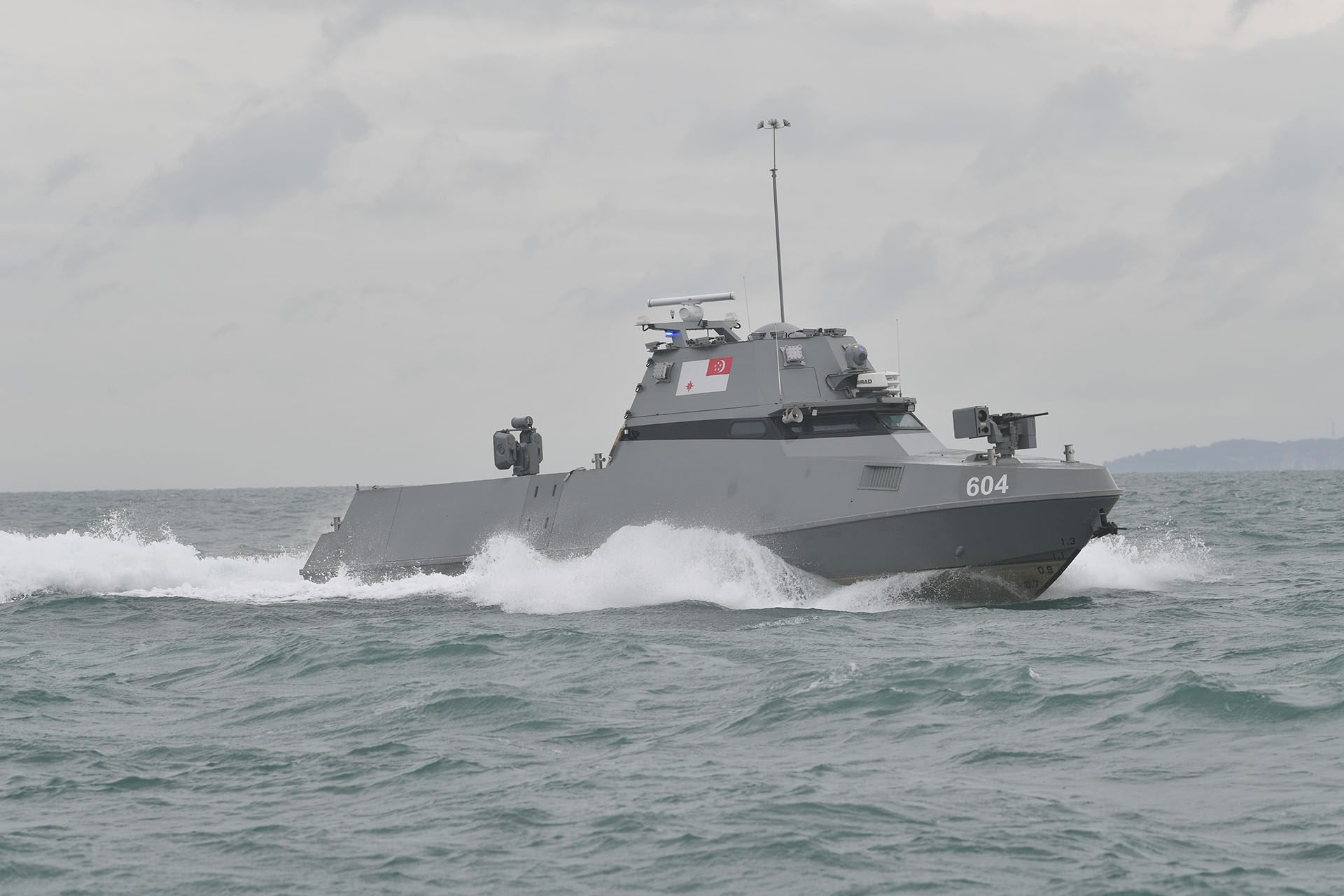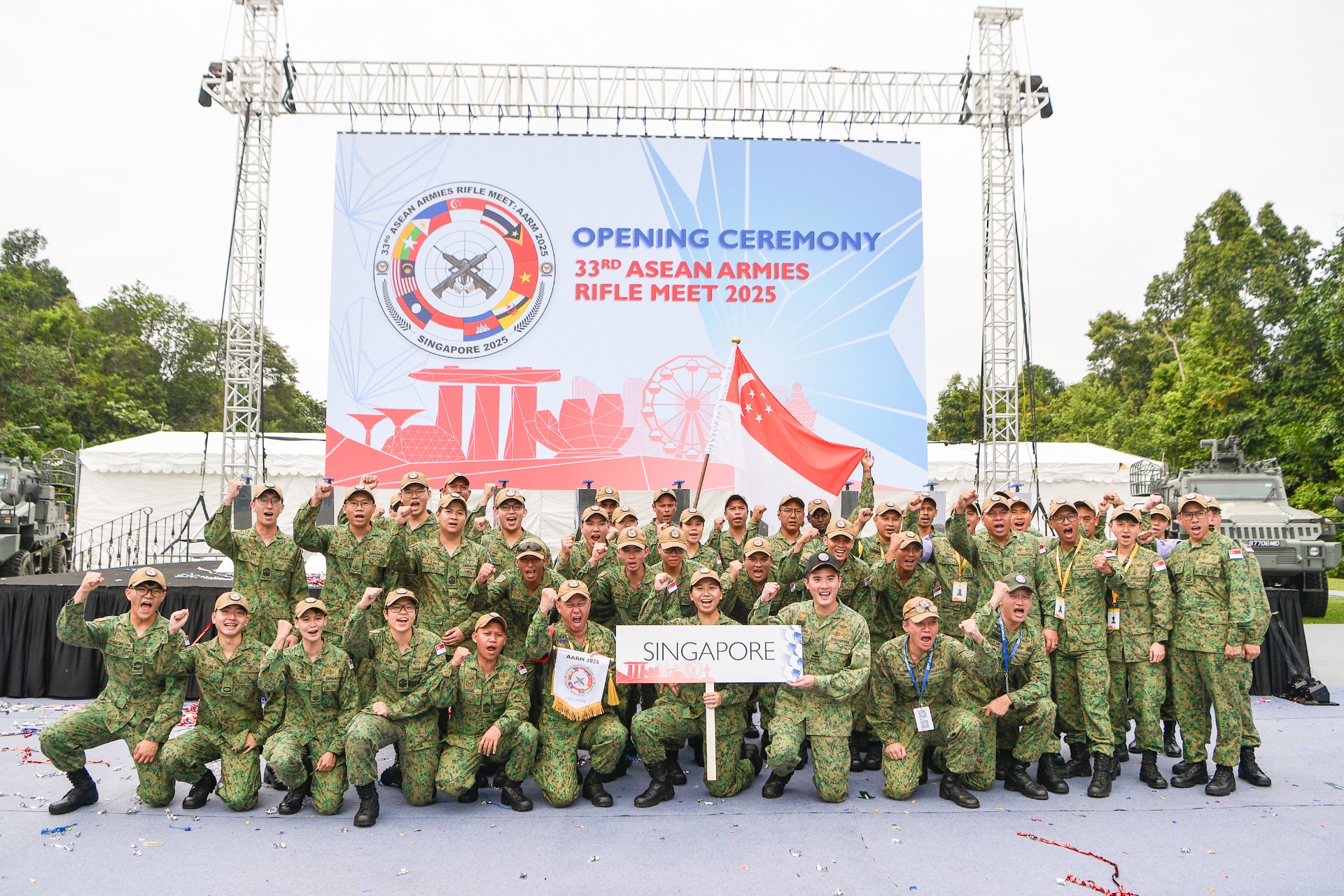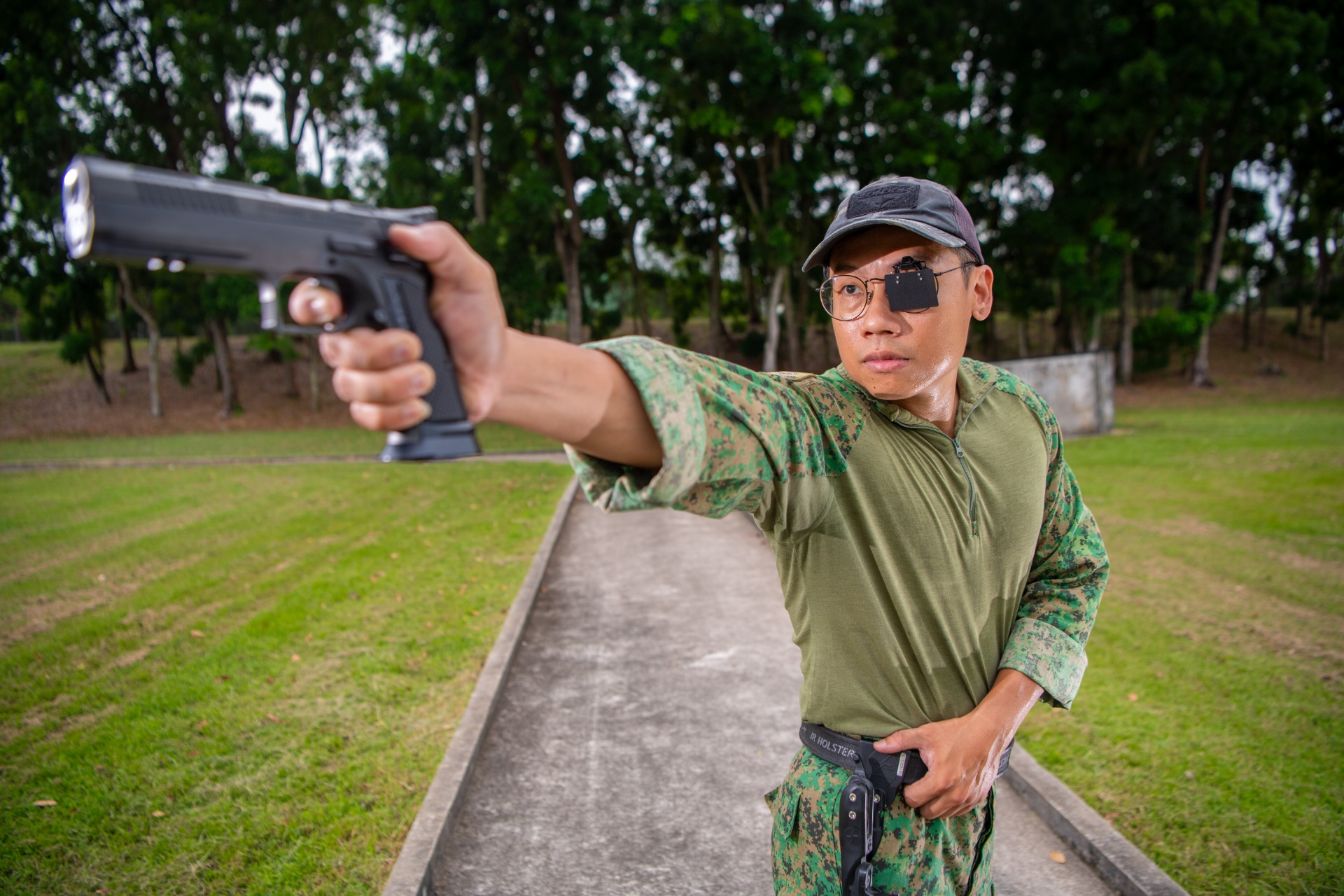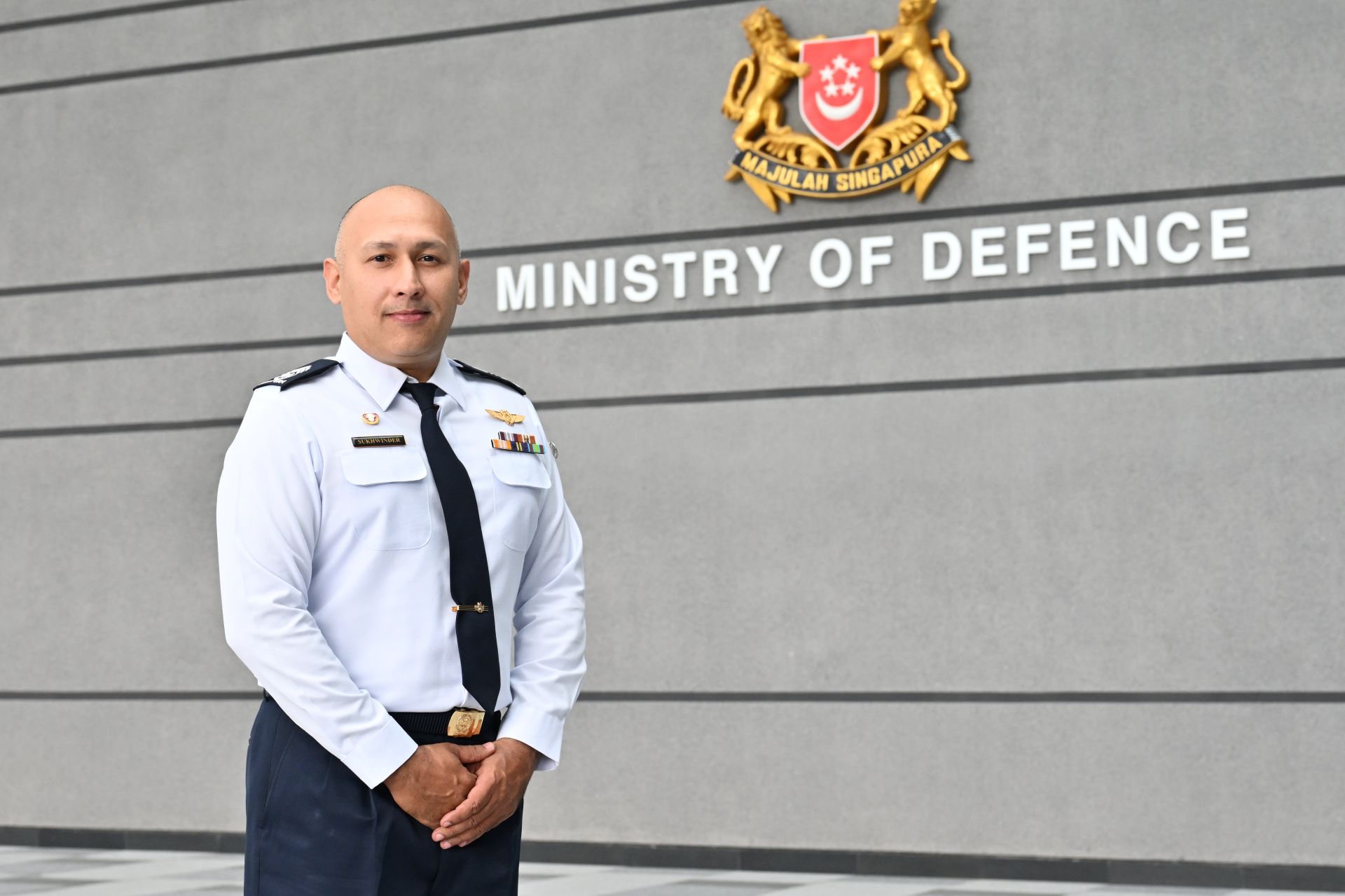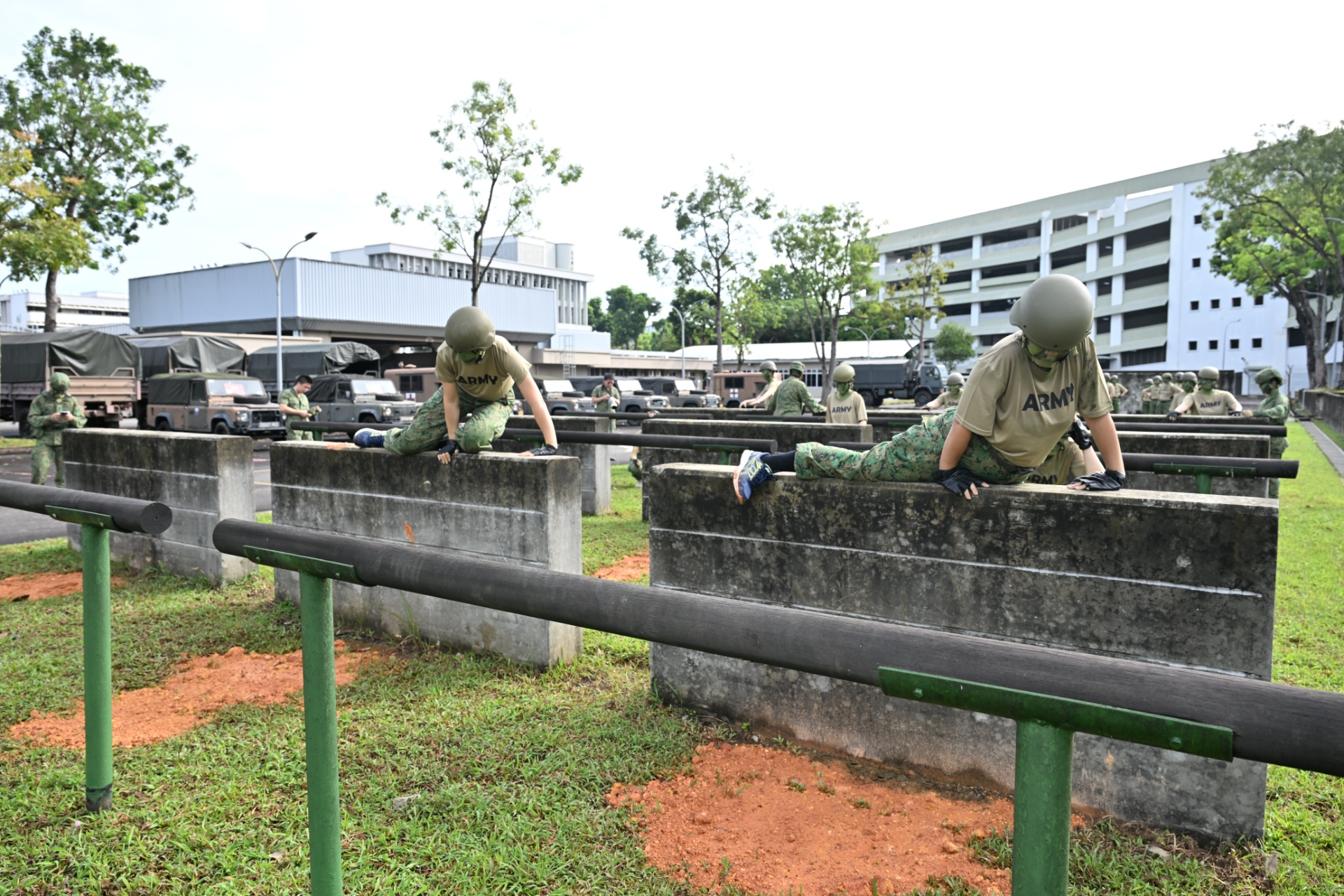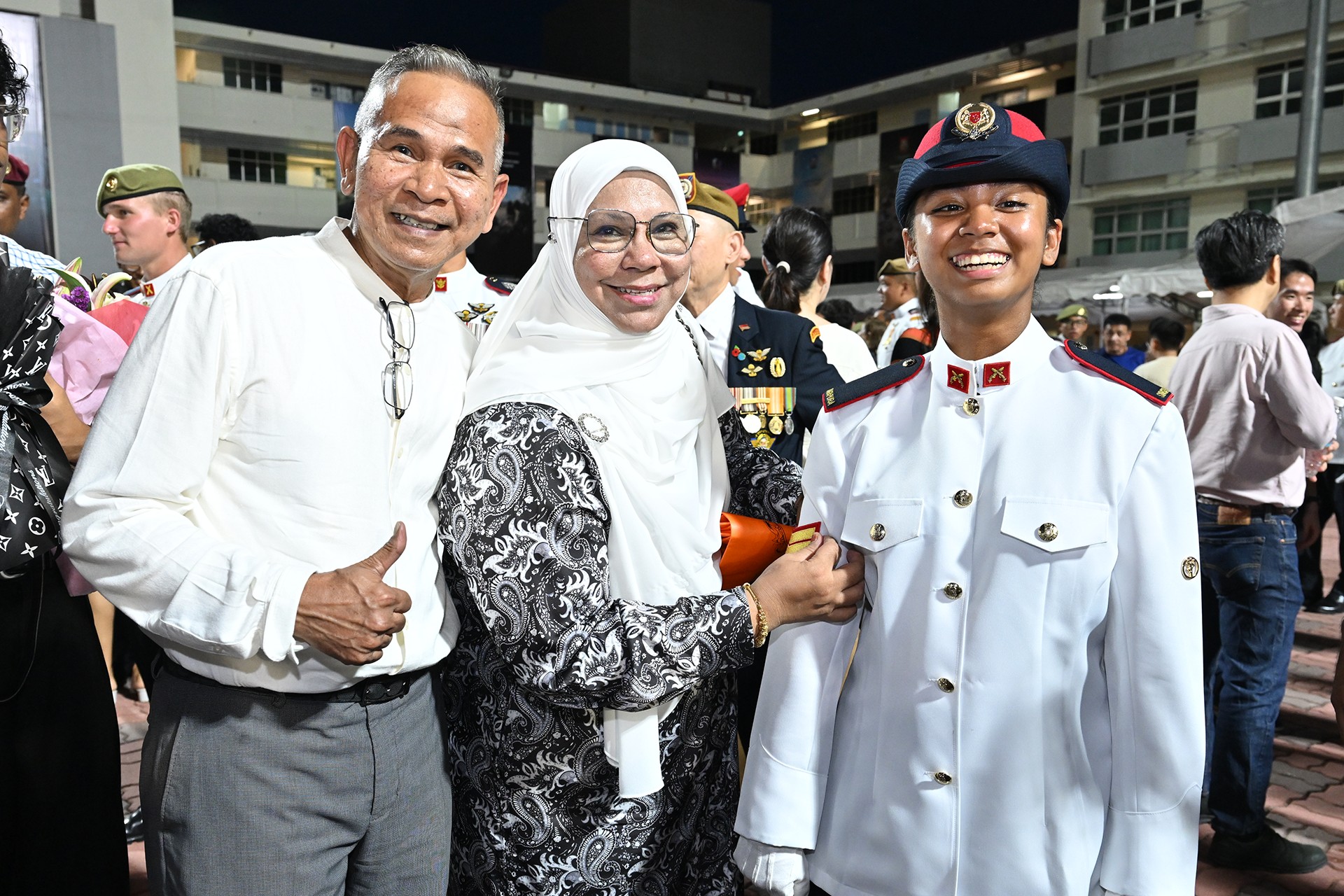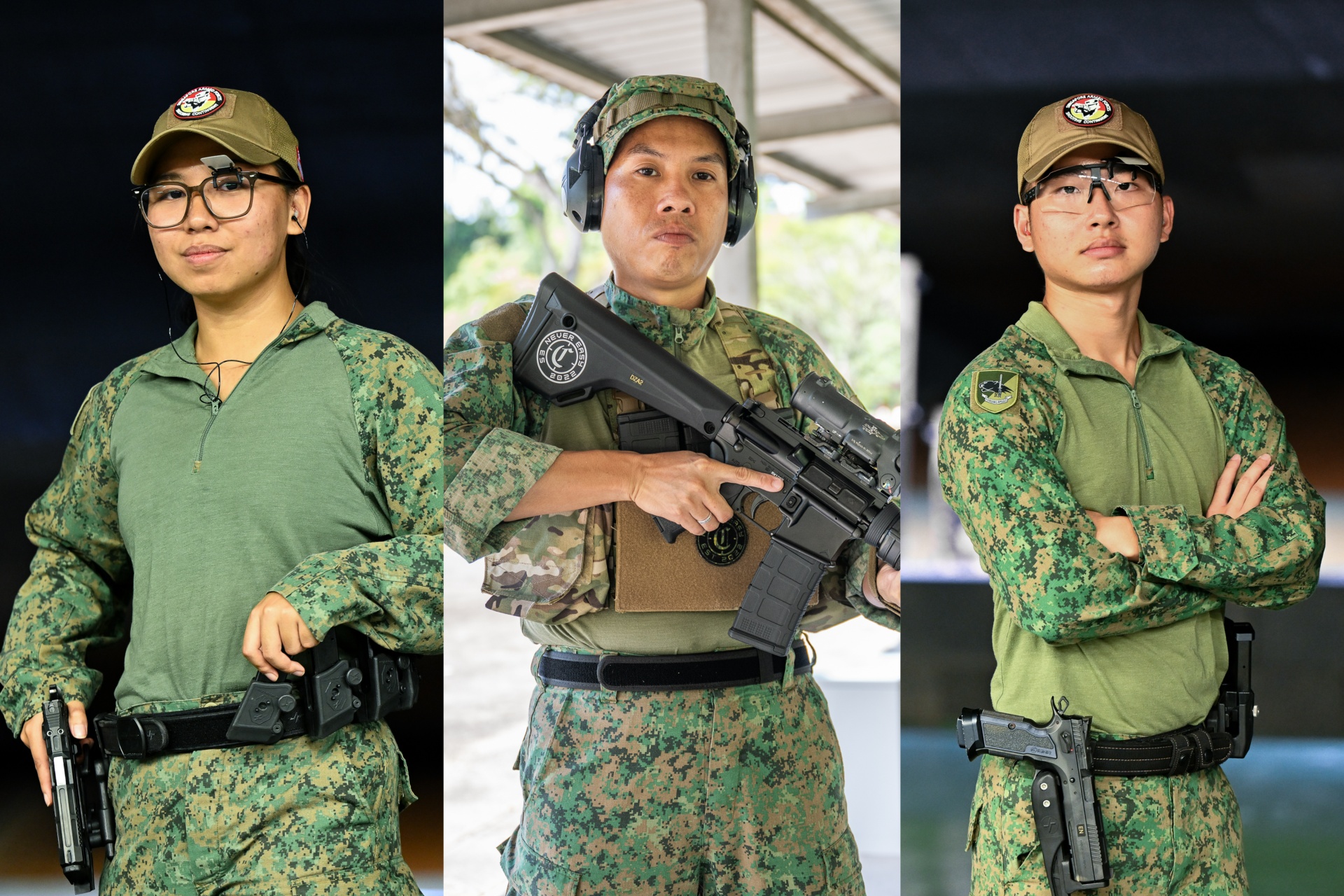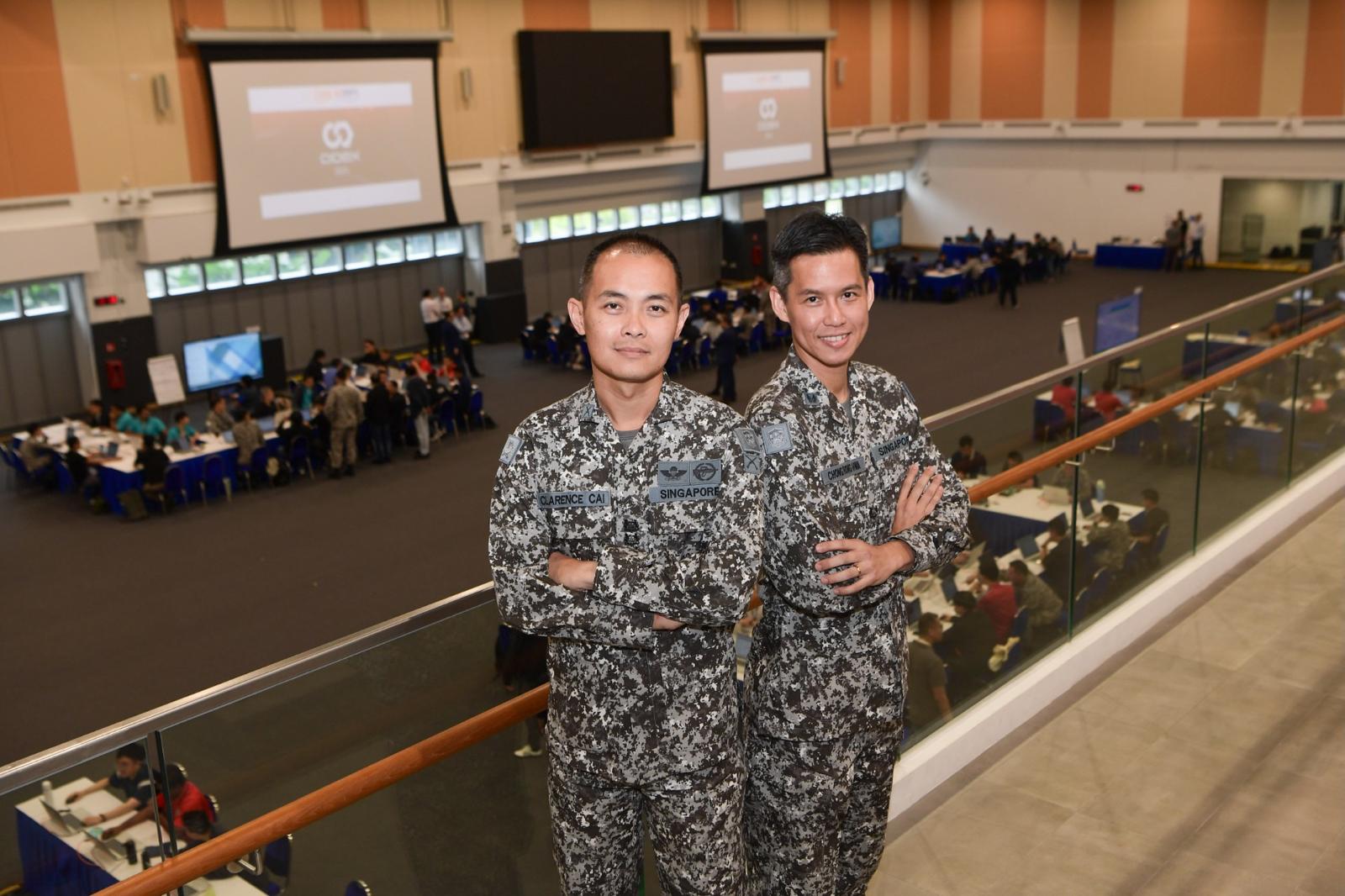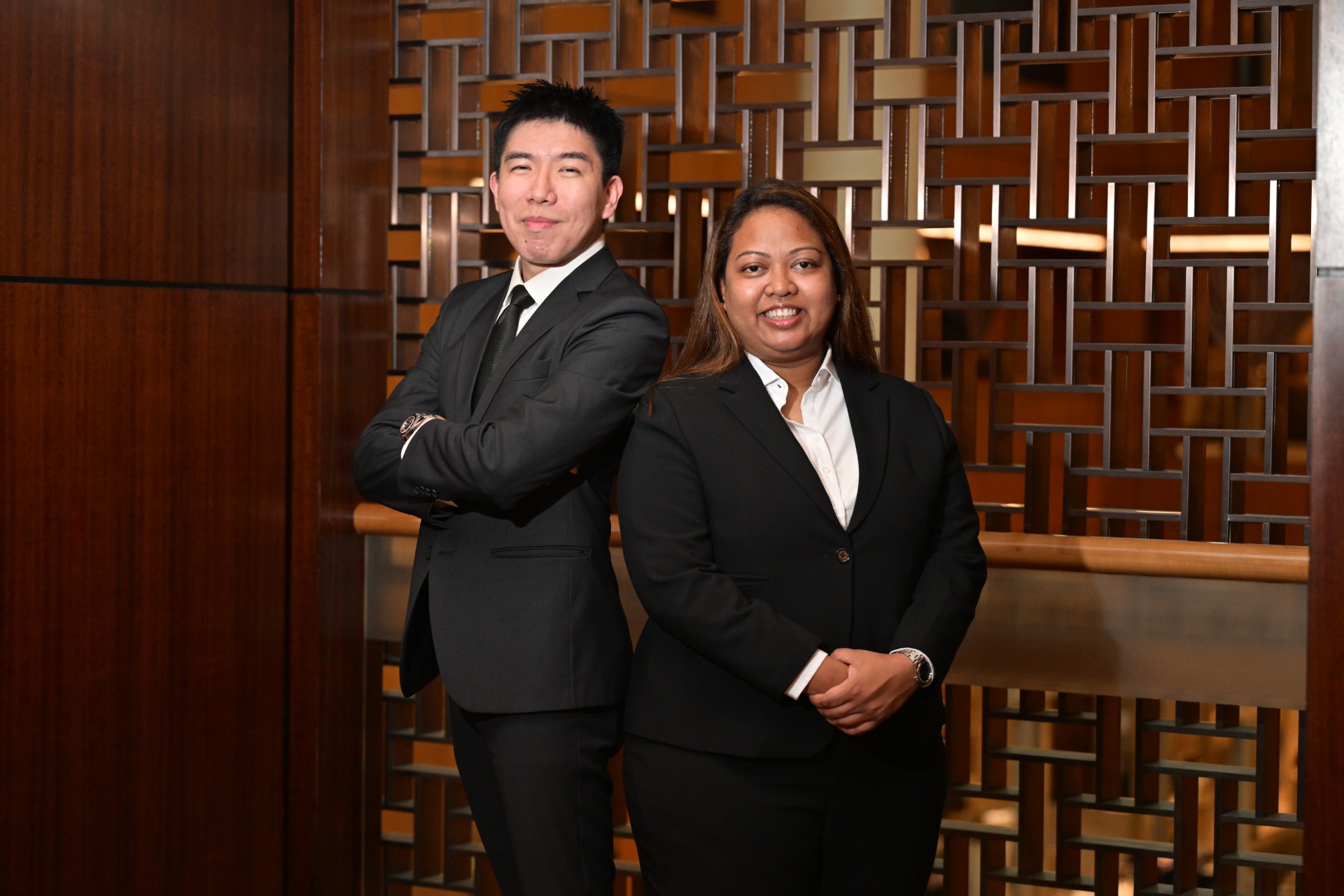Navy’s unmanned vessels patrolling S’pore waters
The RSN’s Maritime Security Unmanned Surface Vessels (MARSEC USVs) are the first of its kind to operate autonomously in an area as congested as the Singapore Strait.Self-driving vessels are now plying Singapore’s waters. Following rigorous testing and sea trials, the Republic of Singapore Navy (RSN)'s MARSEC USVs began uncrewed operational patrols since January this year.
They are among the first of its kind to operate autonomously in an area as congested as the Singapore Strait, said Commander of 6th Flotilla, Colonel (COL) Thung Yee Meng.
These MARSEC USVs, which can be operated remotely with just a two-man crew, “have been stringently designed, robustly tested to make sure they are safe and effective,” he noted.
The 38-year-old added: “Our development in unmanned (technology) underscores our commitment to innovation, to reap operational efficiencies.”
The RSN has four MARSEC USVs that operate alongside manned ships like the littoral mission vessels (LMVs) to safeguard Singapore's waters.
The 16.9m-long unmanned vessels conduct surveillance, escort, as well as investigate and intercept suspicious vessels when required.
Their presence in the strait also allow for warships like the LMV to be deployed for more complex missions, and at further ranges from Singapore.
Over 1,000 hours at sea & 12mil km of simulated distance
The MARSEC USV is equipped with autonomous navigation systems. This includes the Collision Detection and Collision Avoidance (CDCA) algorithm that allows it to navigate through the busy Singapore Strait, where more than 1,000 vessels pass through daily.
It is also fitted with a rules-based Artificial Intelligence system, so that it follows the rules of the road at sea.
The vessel was designed and developed with the Defence Science & Technology Agency (DSTA) and Defence Science Organisation National Laboratories.
Before it began operational patrols in January, it went through a series of tests and sea trials. Extensive lab simulations were conducted to test its algorithm.
The CDCA algorithm was put through 12 million km in simulations using real-time traffic data, where it clocked no collisions, said Mr Chng Zhen Hao, DSTA Head Capability Development (Unmanned Maritime Systems).
This is equivalent to 26 years of real-world testing.
At-sea trials were also conducted to stress-test the remote autonomous capabilities of the vessel, with a safety crew on board.
The trials were done in day and night environments as well as all-weather conditions to cover all possible risks at sea.
The MARSEC USV reached over 1,000 hours of autonomous operations with zero safety implications, and zero need for human intervention.
“We developed a robust verification and validation framework to ensure that the MARSEC USV is not only capable but also safe and reliable,” said Mr Chng, 39.
He added that the safety framework was benchmarked with international experts from countries like the United Kingdom, France, the United States, and the Netherlands.
A force multiplier for the Navy
The MARSEC USV capability allows the RSN to overcome manpower constraints by conducting similar missions with fewer crew.
For instance, the LMV undertakes MARSEC operations with a crew of 23. “Tomorrow, a lot of these maritime security tasks can be taken over by MARSEC USVs with just a manned team of two,” said COL Thung.
“If you extrapolate this, it allows us a lot of potential to increase our effects with a limited manpower base.”
The two-man crew operates the MARSEC USV remotely from the Maritime Security Task Force (MSTF) Operating Centre on shore.
A USV operator sets the mission and plots the course, and the MARSEC USV takes it from there.
He is accompanied by a team lead who also controls the weapon systems and other payloads. These include an audio warning system to broadcast warning and sound alarms, and a laser dazzler that can emit high intensity light to temporarily disorient targets.
The guns on board – controlled remotely by the operator – can fire warning and engagement shots.
As a Weapon Systems Expert by vocation, USV team leader Military Expert (ME) 2 Barath S/O Selvaramah helped his squadron build up the remote weapon systems capability to ensure the MARSEV USV was ready for patrol.
“When the craft is going out, we have to ensure that the weapon is maintained and secured, and its systems are good to go. I guided the guys to make sure they are confident in doing things the right way,” he said.
The 35-year-old also went through three months of training to equip him with the skills to drive a small craft and to learn the rules of the road at sea.
“It’s very different from operating on a manned vessel, so I’m very excited and happy to be in this squadron.”
Sail with us on the MARSEC USV!
